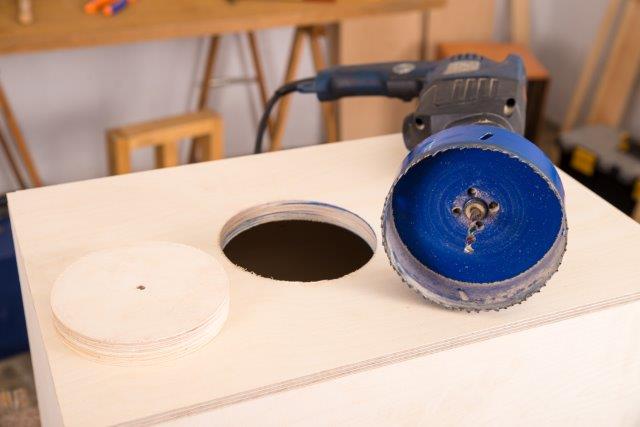Kitchen Lighting Update Ideas

Kitchen Lighting Update Ideas
Many homeowners resolve to kick-start a new year by making simple improvements to themselves as well as their home. When it comes to home renovations, the first place on which most people focus their attention is the bathroom and the kitchen. According to the American Lighting Association (ALA), popular trends in finish-outs and appliances are impacting kitchen lighting choices. In general, kitchen design is trending toward the contemporary side. Many times this will include down lighting. Jeff Dross, corporate director of education and industry trends for Kichler Lighting, explains that homeowners with previously traditional taste are looking for more transitional products, while transitional homeowners are moving toward a soft contemporary décor. And many of those with existing soft contemporary furnishings are switching to a more austere contemporary solution. Countertops Impact Lighting: While granite is still used in entry- and mid-level homes, most highest-end countertops are now quartz-based, particularly with a matte finish, also sometimes called suede, honed or leathered. The matte-finish trend alleviates the tricky business of providing adequate illumination in kitchens without causing glare from glossy countertops that have been popular for the past decade. Dark Appliances Require More Light: The use of black stainless appliances is on the rise, which eliminates unsightly fingerprints, but creates the need for additional light in the surrounding space. “Black stainless has lower reflectance than white or stainless steel appliances, making the room appear darker,” says Dross. “The trend toward more texture involved backsplash materials makes lighting even more important.” Taller Ceilings Mean Taller Fixtures: Over the past 15 or so years, ceiling heights have become higher with 9 feet becoming the accepted minimum height. It is now common for North American homes to have ceilings 10 to 12 feet high. That means taller sconces and taller chandeliers are necessary to fill the additional space. “In addition to taller ceilings, center islands are now substantially bigger than in the past,” says Dross. “That means the tiny, mini-pendants that were all the rage a few years ago are disappearing. Kitchens demand more light and larger, taller pendants. “Before jumping into a kitchen renovation, it is best to design a lighting plan to make sure your fixtures are the right size and style for your new space. If you are going to install downlights or high-hat lights you need to make the appropriate hole in the drywall of your kitchen ceiling. You of course can use a jab saw to roughly cut the hole since the hole is going to be covered by a trim ring, this might be suitable. However, the best way to do this is to use a hole saw of the appropriate diameter. There are several manufactures of hole saws such as Klein, Stanley, Black & Decker, etc. but the one we like best is made by Tech Team https://techteamproducts.com/. It is their item 756 150mm/6” Hole Saw https://www.amazon.com/s/ref=nb_sb_noss?url=search-alias%3Daps&field-keywords=tech+team+hole+saw. It’s priced reasonably and cuts a perfect 6” diameter hole so you can easily and neatly install your new lighting fixture. A professional lighting consultant at your local ALA-member showroom can work with you to develop a plan and provide the most-up-to-date lighting styles and technology. To find a list of nearby ALA showrooms, go online to americanlightingassoc.com.
